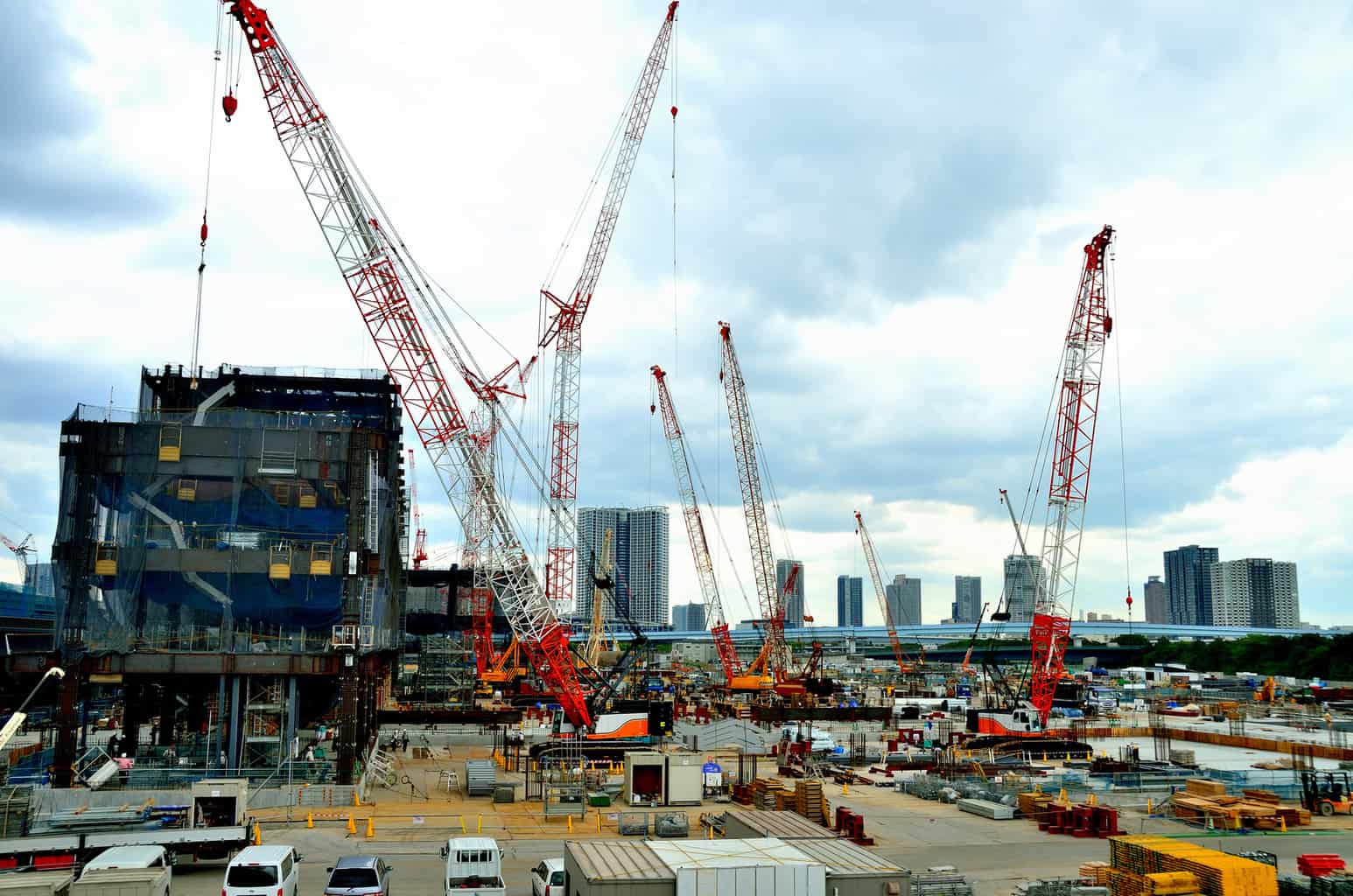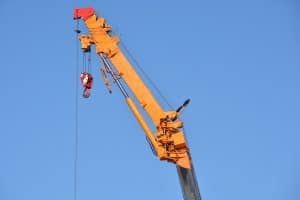5 Crucial Tips for Buying a Used Demag Crane
Are you in the market for a used Demag crane?
There are many different things to consider before buying a crucial piece of equipment, and a Demag crane is just that.
Damage is always a great choice, as they’re one of the highest quality brands out there. Even if you’re buying used, you’re guaranteed to get a top-notch piece of equipment.
However, a new-to-you crane is always a big purchase so you’ll want to make sure you get a good deal. To make the most of your money, here are five things you always need to consider when buying a used Demag crane:
1. Establish a budget
With any major purchase, it’s important to crunch your numbers beforehand and establish a finite budget for yourself.
Determining what you can spend will make your life easier down the road, as you determine what features and other qualities you look for in a crane.
So, know exactly what you can spend and start your search from there. Used cranes are a great way to save some extra money without sacrificing quality.
2. Why do you need the crane?
Another thing to establish before you invest in a new crane is why you need it in the first place.
If this crane is a new addition, or you’re replacing a broken crane, this one might be obvious. However, if you’re old crane is lacking some important features, make sure you’re looking for those in the new purchase.
3. Identify your must-have features
Establishing why you need the crane should give you a good idea of your must-have features. When doing this, make sure you’re aware of how the crane will be used, as well as the working environment.
Are you lifting loads many stories high? Are you lifting many loads or a few heavy ones? Does the crane have the freedom to move around or is space more limited?
Thinking through a detailed list like this will help you make a list of requirements.
4. Create a “wish list” of other features
Before you start looking, it’s also a good idea to establish the difference between features that are good to have and features that are nice to have.
These features won’t be a dealbreaker for you, but they could be worth investing in. In this case, it’s important to focus on the features that are truly important, so you can potentially save your business even more money in the long run.
5. Shop around for the best deal
As with any big purchase, don’t buy the first thing you see. A crane is a large investment piece, so it’s important to make sure you’re making an informed purchase.
Buying used Demag crane is a great way to save money, but always make sure they’re in good condition and up to safety standards.
If you haven’t done so already, take some time to look over the Demag website to familiarize yourself with their cranes and other products. This will give you a better understanding of what you’re looking for.
For more resources on making your new or used crane work best for you, check out the other articles on our blog. And if you would like expert help in choosing a Demag crane that meets your needs, get in touch.




 Any job working with heavy equipment demands only the very best in parts and supplies. Sourcing less than quality parts could cost people their lives.
Any job working with heavy equipment demands only the very best in parts and supplies. Sourcing less than quality parts could cost people their lives.